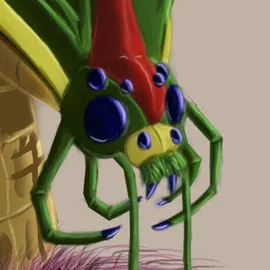What are Hybrid Tarantulas
Hybrid tarantulas represent a fascinating intersection of science, hobby, and the natural world. These creatures are the result of crossbreeding different tarantula species, creating offspring that possess a unique combination of genetic traits from their parent species. The practice of creating hybrid tarantulas has gained popularity among enthusiasts who are drawn to the novelty and potential variations in appearance, behavior, and other characteristics that these hybrids can exhibit. Understanding the definition and the process involved in producing hybrid tarantulas is crucial for anyone interested in exploring the world of arachnids, and also for comprehending the complexities and ethical considerations that accompany this practice. The creation and maintenance of hybrid tarantulas also raise questions about conservation and the potential impact on wild populations.
Definition of Hybrid Tarantulas
A hybrid tarantula is essentially the offspring resulting from the mating of two different species of tarantulas. This process involves the intentional crossbreeding of distinct species to produce a new generation that inherits a blend of genetic information from both parents. The resulting hybrid may exhibit a combination of physical traits, behavioral patterns, and physiological characteristics that are unique to its mixed genetic makeup. The process of hybridizing tarantulas is often more complex than it seems, involving careful selection of parent species, controlled breeding environments, and a deep understanding of tarantula genetics. This can be a challenging but rewarding undertaking for experienced keepers who are fascinated by the possibilities of creating new and interesting variations within the tarantula family.
How Hybrid Tarantulas are Created

The creation of hybrid tarantulas is a carefully orchestrated process that typically involves experienced breeders. The first step is selecting suitable parent species. This decision is based on desired traits, compatibility, and knowledge of each species’ characteristics. The selected males and females are then introduced in a controlled environment to encourage mating. Mating can be a delicate process, and successful breeding requires the keeper to understand the behavior of each species and minimize the risk of aggression. Once mating is successful, the female will lay eggs, which are then carefully incubated. The offspring that hatch represent the hybrid generation. These spiderlings will exhibit a unique combination of traits from their parents, making each individual potentially distinct and interesting. Creating hybrid tarantulas is a complex endeavor and is best left to experienced tarantula keepers.
Fact 1: Unique Characteristics
Hybrid tarantulas often exhibit unique characteristics that set them apart from their parent species. These unique traits can manifest in various ways, from distinct colorations and patterns to differences in size and overall body structure. The genetic mixing that occurs during hybridization can lead to entirely new combinations of traits, making each hybrid individual a potential marvel of nature. This is one of the primary reasons why hybrid tarantulas are so popular among enthusiasts who want to observe something new and fascinating. The diversity and novelty of these characteristics make hybrid tarantulas a captivating subject of study and a source of fascination for both hobbyists and researchers.
Color Variations
One of the most striking characteristics of hybrid tarantulas is the potential for unique color variations. The mixing of genes from different species can produce a wide spectrum of colors and patterns that are not found in either parent species. This can result in vibrant and eye-catching specimens that are highly sought after by collectors. The color variations can be subtle, with slight differences in shades and hues, or dramatic, with entirely new combinations of colors and patterns. These variations are a direct result of the genetic mixing of color genes from the two parent species, leading to an extraordinary array of visual diversity in the hybrid offspring. The presence of unique color patterns further increases the appeal of the hybrid tarantula species.
Size Differences
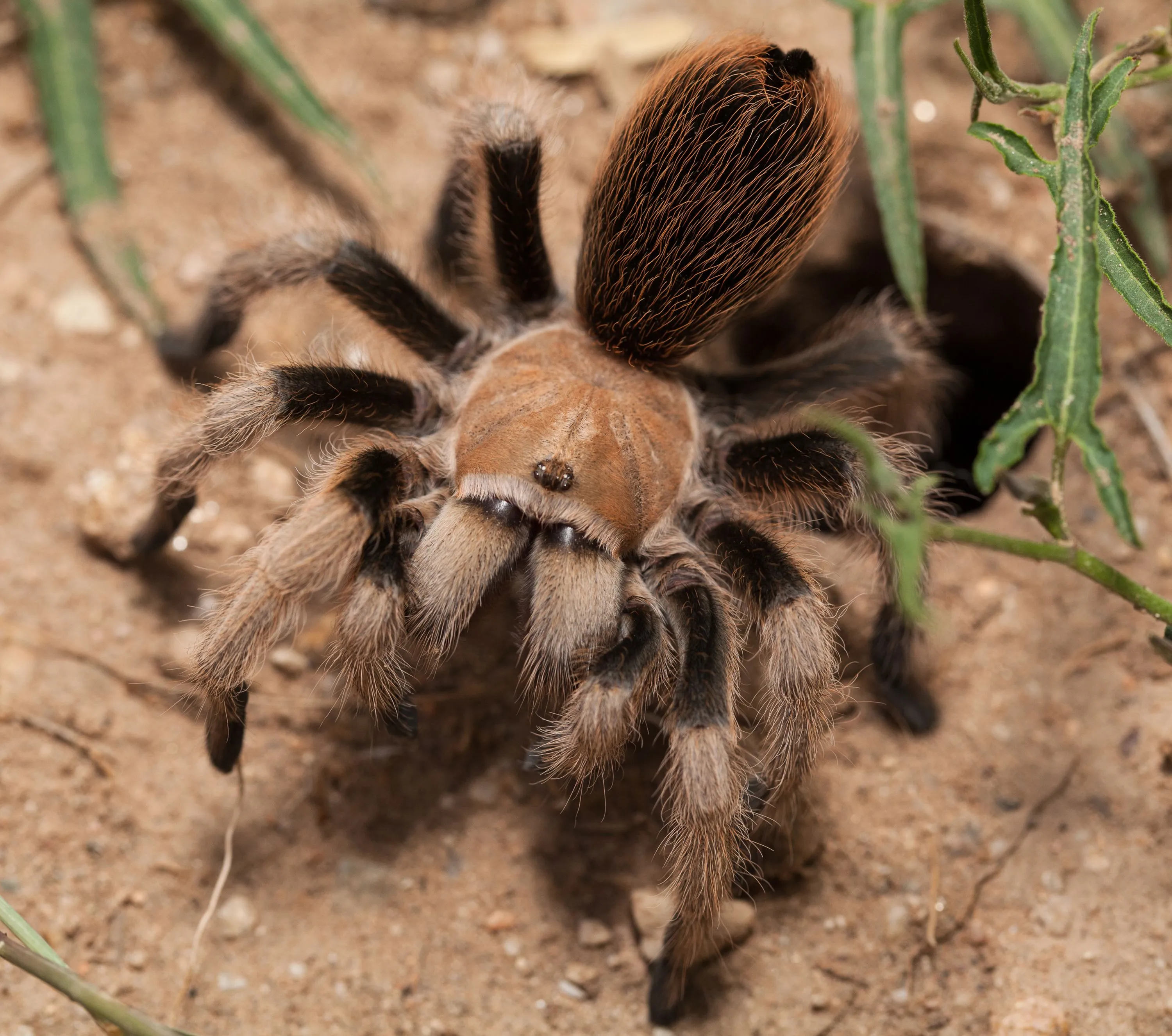
Size differences are another interesting aspect of hybrid tarantulas. The size of a hybrid tarantula can vary depending on the size of its parent species. Hybrids may be larger or smaller than either parent species, creating novel specimens. These differences are influenced by the specific genetic contributions of each parent species and can make the hybrid appear quite different in size compared to the original species. Keepers must be mindful of these size variations when providing adequate enclosures and care. The size differences also add to the uniqueness of the hybrid, making them an interesting subject of study for understanding the genetic expression of size-related traits.
Fact 2: Behavior and Temperament
The behavior and temperament of hybrid tarantulas can vary widely, as they inherit traits from both parent species. Some hybrids may display a combination of characteristics, such as the docility of one species and the defensiveness of another. Understanding these behavioral traits is essential for keepers to provide appropriate care and ensure their safety. The variations in temperament can be unpredictable, making the study of these hybrids all the more interesting for experienced keepers. Careful observation and responsible handling are crucial when interacting with hybrid tarantulas to minimize potential risks and ensure a positive experience for both the keeper and the spider.
Aggression Levels
Aggression levels in hybrid tarantulas can be highly variable. Some hybrids may exhibit a more docile temperament, while others may display a higher level of aggression. This is due to the genetic contribution of each parent species. A hybrid may inherit the defensive behaviors of one species, while retaining the more calm nature of the other. It is important for keepers to be aware of this possibility and to exercise caution when handling a hybrid tarantula. Observing the individual spider’s behavior is vital. Beginners should be extra cautious as handling aggressive species can be dangerous. Understanding the potential aggression levels is key to ensuring safe and responsible pet ownership.
Feeding Habits
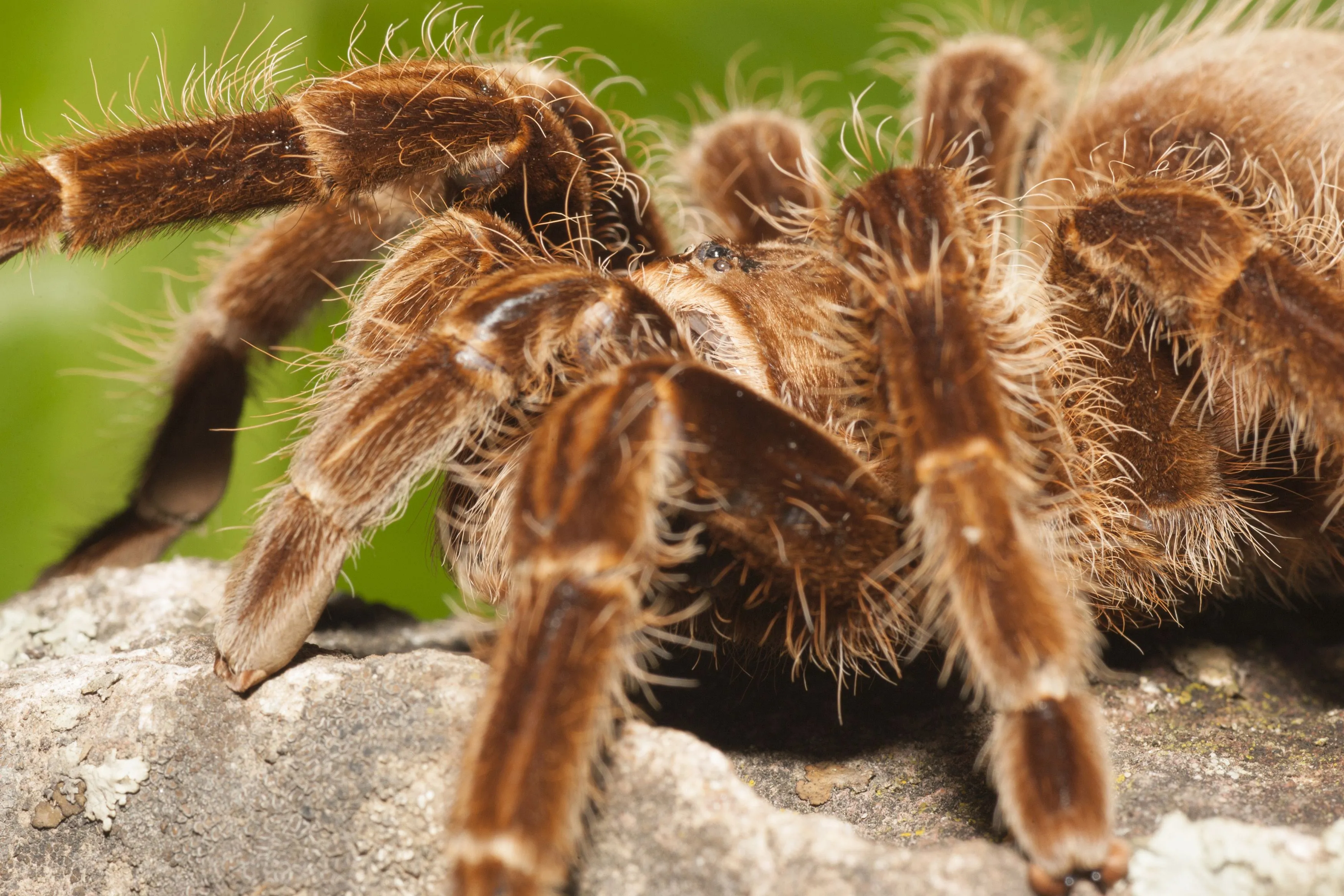
Feeding habits of hybrid tarantulas can also vary. They may exhibit similar feeding behaviors to their parent species, or they might have unique feeding preferences based on the combination of genes they have inherited. The study of these feeding habits provides valuable insights into their overall behavior. It is essential to observe their feeding patterns and ensure a diet that meets their specific needs. Some hybrids might be more opportunistic eaters, while others might have a more selective diet. Proper feeding is a critical component of tarantula care. Understanding their feeding habits helps in maintaining a healthy and thriving pet.
Fact 3: Breeding Challenges
Breeding hybrid tarantulas comes with several challenges that require careful consideration and advanced knowledge. The process can be more complex than breeding pure species, often requiring specialized techniques and expertise. Successful breeding relies on a deep understanding of the genetic compatibility of the parent species and the potential for hybrid sterility. Breeders must be prepared to address these challenges to achieve successful outcomes. Breeding hybrid tarantulas is a complex endeavor that requires dedication, patience, and a willingness to learn and adapt.
Hybrid Sterility
A significant challenge in hybrid tarantula breeding is hybrid sterility. In many cases, hybrid offspring are sterile, meaning they are unable to reproduce. This is because of the incompatibility of the genetic material from the two parent species. The resulting genetic combinations may prevent the proper development of reproductive organs or the production of viable sperm or eggs. Understanding and addressing the issue of hybrid sterility is essential for breeders hoping to expand their hybrid lines. The likelihood of hybrid sterility varies depending on the species involved and is a key factor in ethical breeding practices.
Successful Hybrid Breeding
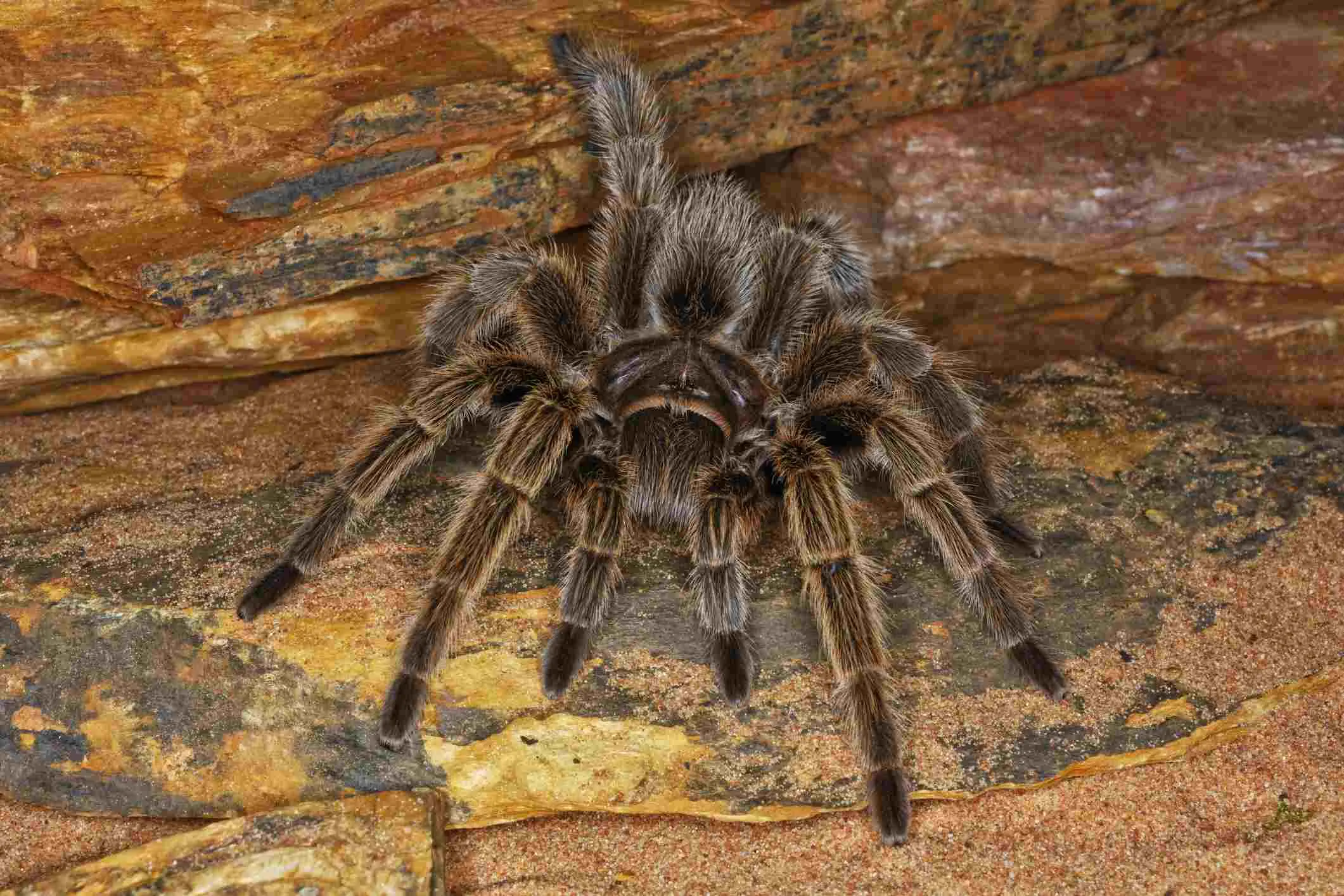
Achieving successful hybrid breeding requires a combination of knowledge, skill, and meticulous attention to detail. Breeders must carefully select compatible parent species, create optimal environmental conditions, and monitor the mating process closely. Detailed record keeping is also essential, to keep track of the lineage. Successful hybrid breeding provides an opportunity to learn about tarantula genetics and expand the possibilities of the tarantula hobby. It also provides an opportunity to appreciate the complex and delicate balance of nature.
Fact 4: Conservation and Ethics
The practice of breeding hybrid tarantulas raises important questions about conservation and ethics. Responsible breeders must consider the potential impact on wild populations, the welfare of the animals, and the ethical implications of creating new genetic combinations. Careful consideration of these factors is essential for anyone involved in breeding hybrid tarantulas. Prioritizing the welfare of the animals and the preservation of natural biodiversity is crucial to ensuring the long-term sustainability of the hobby. Ethical considerations should always be at the forefront of any breeding activities.
Impact on Wild Populations
One of the primary concerns is the potential impact of hybrid tarantulas on wild populations. If hybrid specimens are released into the wild, they could potentially interbreed with native species, leading to genetic contamination and a decline in the genetic purity of wild populations. This can threaten the survival of the native species and disrupt the natural balance of ecosystems. Responsible breeders must take steps to prevent the accidental or intentional release of hybrid tarantulas into the wild, and to ensure that their breeding practices do not contribute to the degradation of natural habitats. The impact on wild populations is a critical factor to consider when breeding hybrid tarantulas.
Ethical Considerations in Breeding
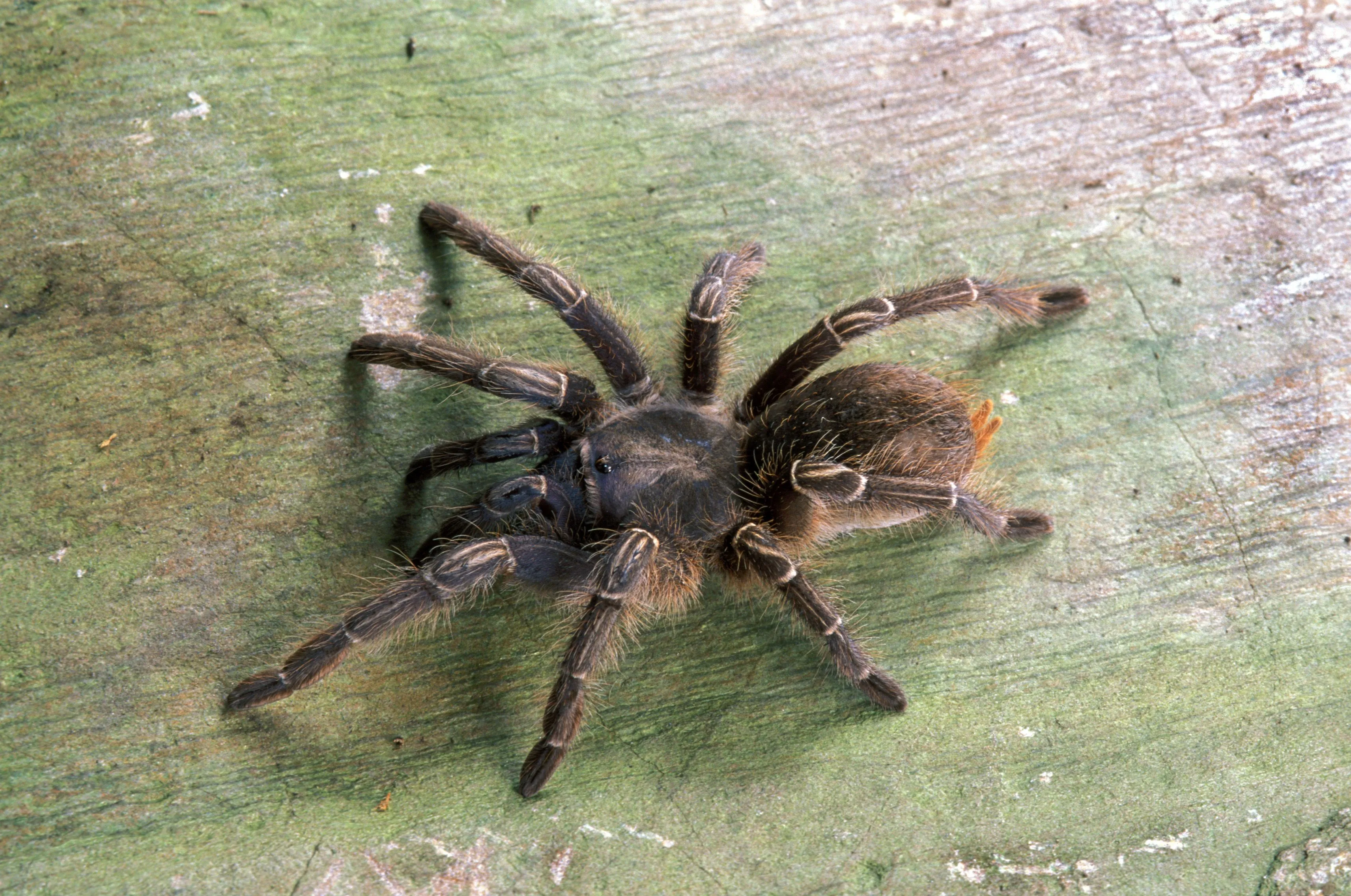
Ethical considerations are paramount in the breeding of hybrid tarantulas. Breeders have a responsibility to ensure the welfare of their animals, provide appropriate care, and avoid practices that could cause harm or suffering. This includes providing adequate enclosures, proper nutrition, and environmental enrichment. In addition to animal welfare, ethical breeders must consider the potential for genetic defects. They must also be transparent about their breeding practices and avoid misleading the public. They should also respect the natural order of biodiversity. Prioritizing ethics is essential for responsible breeding and ensures the well-being of the tarantulas.
Fact 5: Popular Hybrid Species
Several hybrid tarantula species have gained popularity among enthusiasts. These hybrids showcase unique characteristics and represent the creativity and knowledge of those who breed them. From vibrant color patterns to interesting behavioral traits, these popular hybrids offer a glimpse into the exciting possibilities of tarantula hybridization. Learning about these hybrids can provide a greater understanding of the diversity and potential of tarantula breeding. Observing their characteristics helps to appreciate the complexity and beauty of these fascinating creatures.
Example of a hybrid tarantula species
A well-known example of a hybrid tarantula is one that combines the genetics of Brachypelma species, known for their docile temperament and striking coloration, with a different species of tarantula that exhibits different traits. The resulting hybrid often displays a unique combination of colors, patterns, and behaviors that distinguish it from both parent species. Such hybrids are prized for their novelty and visual appeal. Careful planning and execution by experienced breeders create unique and sought-after specimens. These hybrids are a testament to the beauty and possibilities of tarantula breeding.
Where to Find Information
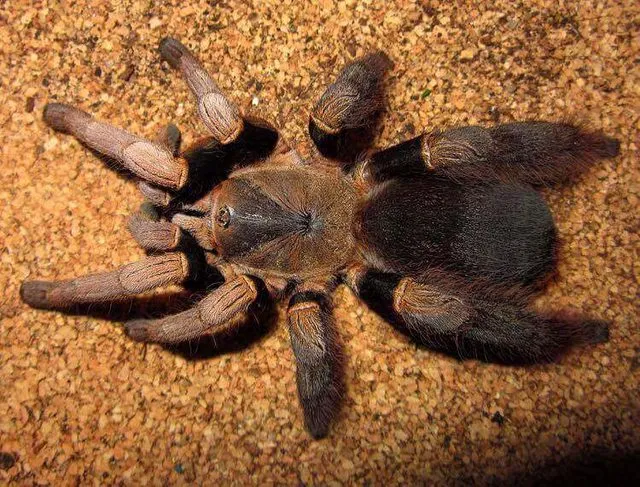
For those interested in learning more about hybrid tarantulas, a wealth of information is available through various resources. Online forums and communities dedicated to tarantula keeping offer valuable insights, advice, and opportunities to connect with experienced breeders and keepers. Specialist websites, books, and scientific publications provide detailed information on specific species, breeding techniques, and the ethical considerations involved. Consulting with experienced breeders and experts in the field is also an excellent way to gain knowledge and develop a deeper understanding. By actively seeking out reliable information, enthusiasts can develop a well-informed perspective on hybrid tarantulas and contribute to responsible practices within the hobby.
Conclusion
Hybrid tarantulas represent a fascinating aspect of the tarantula hobby, offering unique visual appeal and a glimpse into the possibilities of genetic diversity. These spiders are the result of crossbreeding different tarantula species. They exhibit varied colors, sizes, and behaviors. Understanding the definition, creation process, and ethical considerations is vital for anyone interested in this field. The key facts to consider are their unique characteristics, potential breeding challenges, and ethical implications. Responsible breeding practices, including conservation efforts, are essential to ensure the long-term sustainability of the hobby. For those interested in learning more, there are many online communities, books, and expert resources available. By approaching the subject with knowledge, respect, and a commitment to animal welfare, enthusiasts can enjoy the beauty and complexity of hybrid tarantulas.
